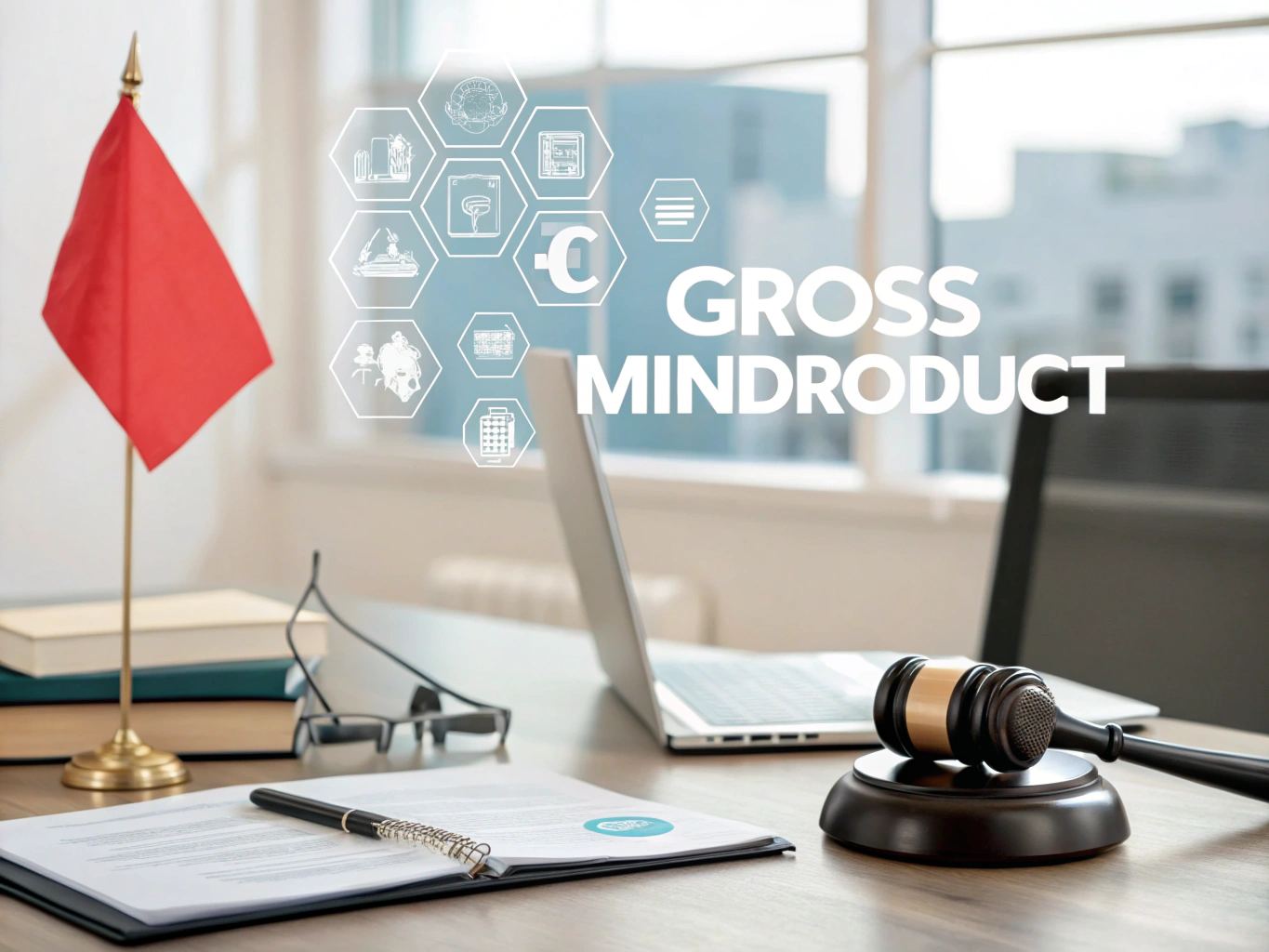Definition
Gross misconduct refers to serious actions or behaviors by an employee that are so severe they can lead to immediate dismissal. This type of misconduct typically undermines the trust and relationship between the employer and employee, making it critical for workplaces to clearly define what constitutes gross misconduct.
Key Components
Understanding gross misconduct involves recognizing its various elements. Here are some key components to keep in mind:
- Severity of Action: Gross misconduct involves actions that are not just minor infractions. For instance, theft or fraud can lead to immediate termination because they violate trust and legality.
- Impact on Workplace: Behavior such as physical violence or bullying can create a toxic environment, affecting not just the victim but the overall morale and productivity of the team.
- Intent: If an employee deliberately disregards safety protocols leading to accidents, this can be classified as gross misconduct. It’s the intent behind the action that often escalates it from minor to gross misconduct.
- Legal Ramifications: Engaging in acts like discrimination or harassment can expose the company to lawsuits. This not only affects the employees involved but can also tarnish the company’s reputation.
- Documentation: Employers should maintain thorough documentation of any incidents that could be considered gross misconduct. This is vital for any potential disciplinary actions and serves as a reference for future cases.
Importance in the Workplace
Recognizing and addressing gross misconduct is essential for a healthy workplace culture. Consider a scenario where an employee is found to be consistently accessing inappropriate websites during work hours. This not only disrupts their productivity but can also lead to discomfort among colleagues. If left unchecked, it could spiral into a larger issue, affecting team dynamics and workplace reputation. By defining and addressing gross misconduct, you foster an environment of respect and accountability, which ultimately benefits everyone involved.
Best Practices
To effectively manage gross misconduct in your workplace, implementing clear policies and procedures is key. Here are some best practices to consider:
- Define Clear Policies: Clearly outline what constitutes gross misconduct in your employee handbook. Use straightforward language and provide examples to ensure everyone understands the rules.
- Regular Training: Conduct training sessions on workplace behavior and the implications of gross misconduct. This helps employees understand the gravity of certain actions and the company’s stance on them.
- Encourage Reporting: Create a safe channel for employees to report incidents of gross misconduct without fear of retaliation. When employees feel safe to speak up, it can prevent further issues.
- Investigate Thoroughly: Always conduct a fair and thorough investigation when allegations of gross misconduct arise. Gather evidence, interview witnesses, and document everything to ensure the process is transparent.
- Review Policies Regularly: Periodically review your misconduct policies to ensure they are up-to-date and relevant. As workplaces evolve, so should your guidelines on acceptable behavior.
Legal Considerations
When dealing with gross misconduct, it’s essential to be aware of the legal implications. Depending on your location, specific laws may govern how you handle allegations of misconduct. For example, failing to appropriately address harassment claims could lead to serious legal consequences. Always consult with your HR department or legal counsel before taking disciplinary action to ensure compliance with local labor laws and regulations.
Conclusion
Understanding gross misconduct is crucial for maintaining a respectful and productive workplace. By clearly defining unacceptable behaviors, fostering open communication, and regularly revisiting your policies, you can create an environment where employees feel safe and valued. Remember, the goal is not just to enforce rules but to cultivate a culture of respect and accountability that benefits everyone in your organization.




